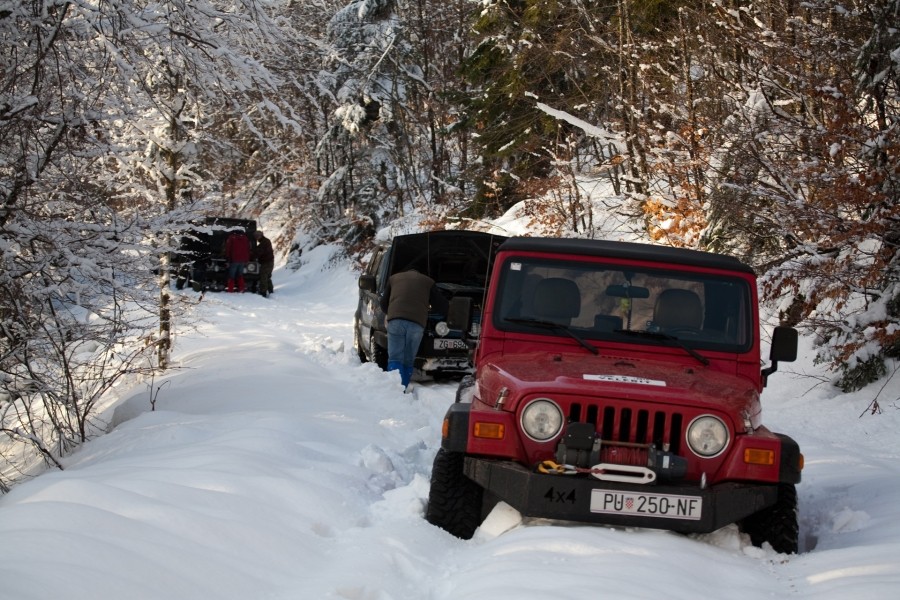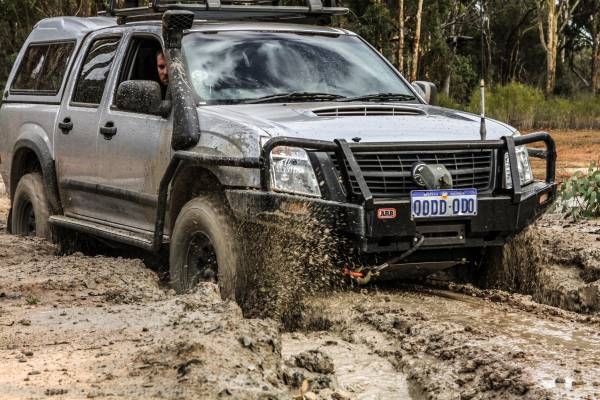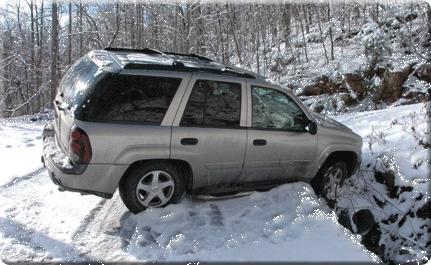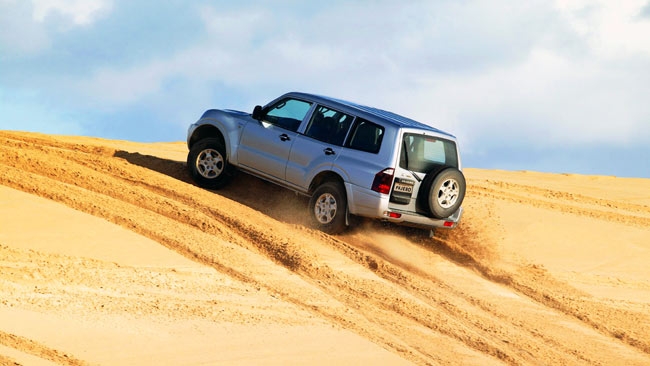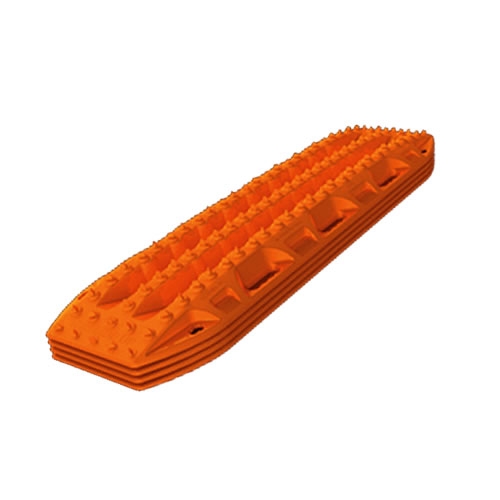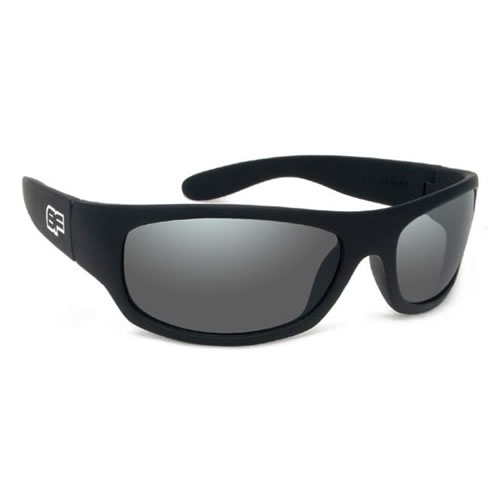Tow Points vs Recovery Points Comparison
When you need to tow a normal car it’s pretty simple to set up – just fasten a tow rope or strap to the towing point in the front bumper and away you go. If you’re towing your 4wd on the road the same drill works fine. That’s not the only kind of towing an off road vehicle can expect, though. Most of us who like to get away from it all have spent some time standing beside a bogged in Ute or Land Cruiser wondering what to do next, and often the solution involves complex operations with winches or fixing a big strap to a mate’s wagon and getting dragged out of there. When you get into that sort of stuff you need somewhere secure to attach the towing gear, and your standard tow points aren’t always up to the job.
Normal tow points aren’t always placed as well as we’d want them to be. Manufacturers are concerned with the effect they’ll have on the car’s looks and any interference with other components, so they tend to get fitted in where they can. They’re not always mounted on the strongest parts of the chassis and their ratings can be borderline. They’ll likely be fine if you’re towing in ideal conditions – on a good road, with the transmission in neutral and everything free to turn – but that’s not exactly your typical recovery scenario. When you’re dealing with a big, heavily loaded vehicle sunk to the axles in soft sand it’s too easy to exceed their rating, and that can be dangerous. There’s also the issue of accessibility. If you only have one tow point front and read, and they just happen to be buried or blocked by an inconvenient tree, what are you going to do? And how will the point behave if the pull isn’t from directly ahead or behind? A tow point can lose a huge chunk of its rated capability if you’re not pulling from the angle its designers expected. If you plan on getting into interesting country it’s always best to have a few extra recovery points fitted, so you’re ready to deal with any situation that develops.
We recommend never attempting a snatch strap or winch recovery whilst using a standard tow point on a vehicle. Always try to find the vehicle recovery points where possible. If no recovery points are available, the strap can be looped carefully around a large chassis component such as a crossmember. Never attempt a snatch recovery off the towball of a vehicle. Towballs are not rated for vehicle recovery and there are numerous cases of people being badly injured from these attempts.
Proper recovery points aren’t like the ones you’ll find on a showroom-fresh car. Those can be fiddly to use – usually you need to open a cover and screw in a towing eye. Something like one of our Mean Mother recovery points is a bit different. You’ll have a massive ring or hook, perfect for attaching shackles or snatch straps easily and securely. A good hook will also have a spring steel safety catch to prevent your recovery gear slipping off. There are all sorts of benefits to proper points. You can fit multiple ones to properly rated points on your vehicle, so you can pull yourself out from any angle. You can rely on proper shackles instead of screw-in eyes with dubious ratings.
Fitting proper recovery points isn’t expensive or difficult. It can make a huge difference when you’re stuck, though. Getting yourself out will be easier, quicker and safer. With all that to gain it’s not really a hard decision to make, is it?

